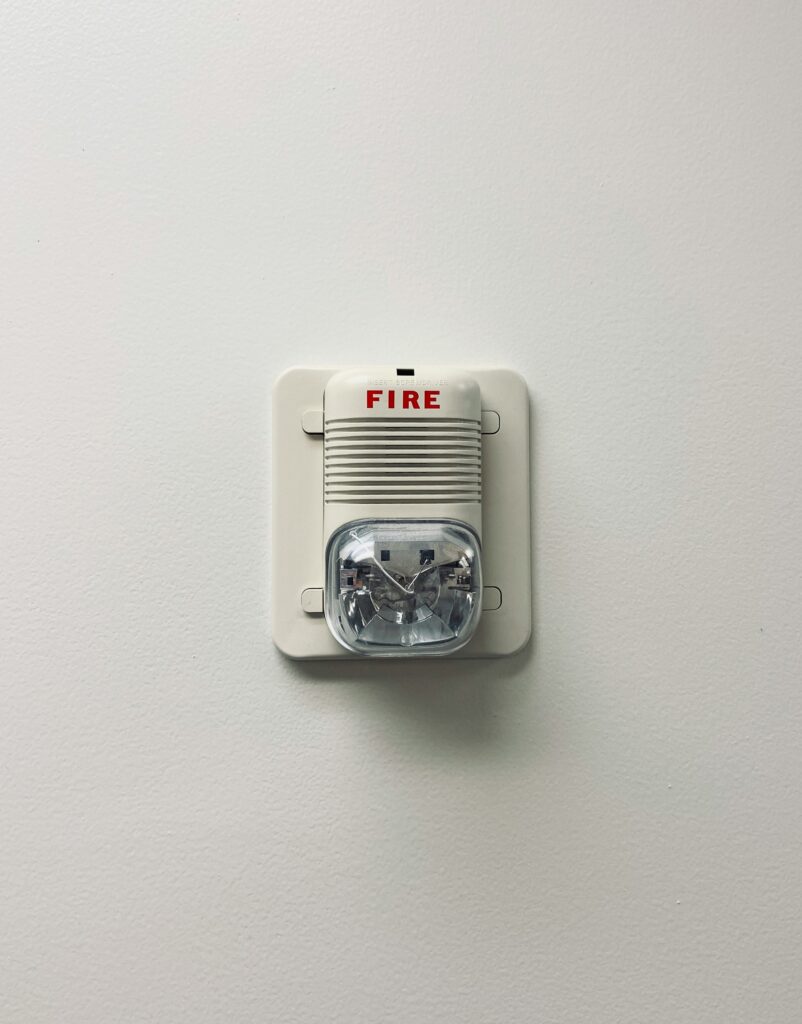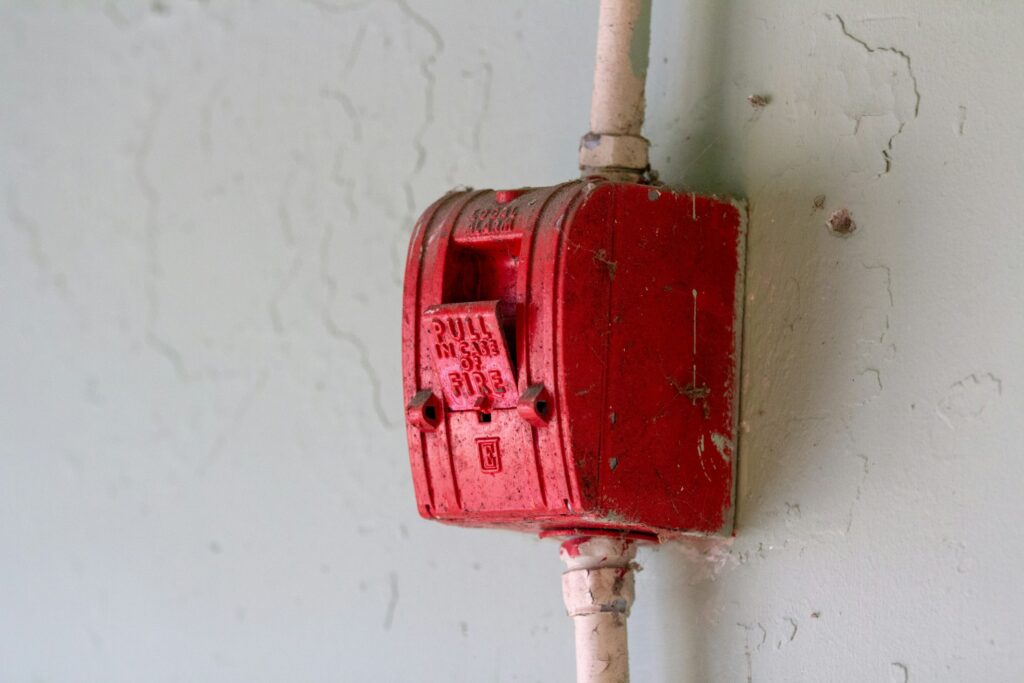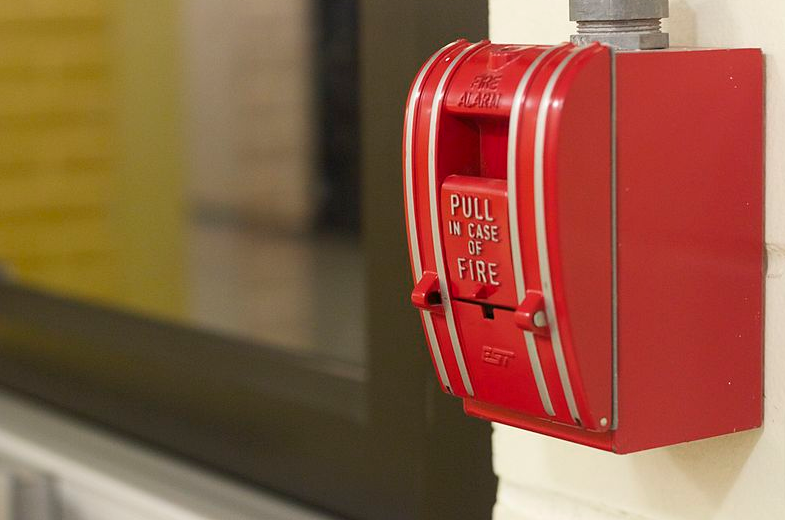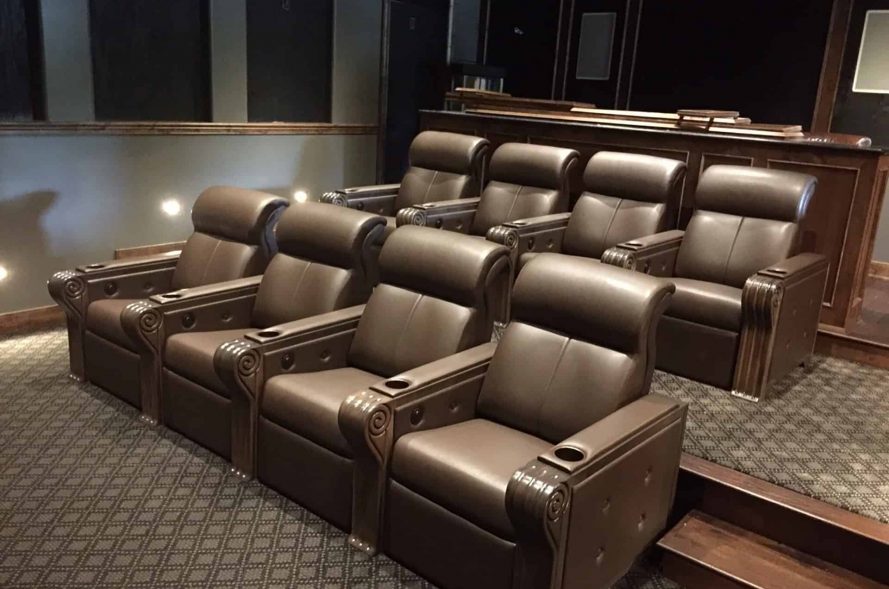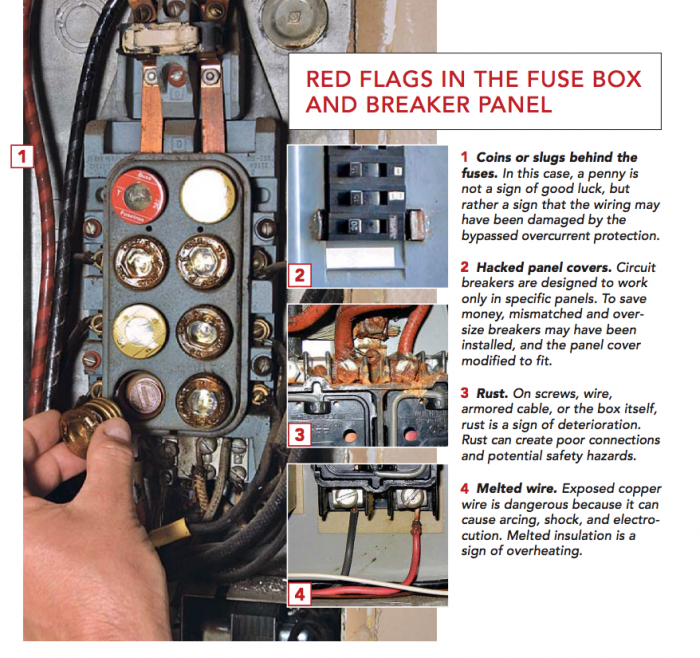Illuminating Sustainability: Energy-Efficient Lighting Solutions for a Greener Home
In the quest for a more sustainable lifestyle, every aspect of our daily routines comes under scrutiny, including how we light our homes. Energy-efficient lighting solutions have emerged as a crucial component of eco-conscious living, offering both environmental benefits and long-term cost savings. In this article, we’ll explore the importance of energy-efficient lighting and provide practical tips for implementing green lighting solutions in your home.

The Importance of Energy-Efficient Lighting
Traditional incandescent bulbs have long been the standard choice for residential lighting. However, they are highly inefficient, converting a significant portion of the energy they consume into heat rather than light. This inefficiency not only contributes to higher electricity bills but also increases greenhouse gas emissions associated with electricity generation.
Energy-efficient lighting, on the other hand, utilizes advanced technologies to produce more light with less energy. LED (Light Emitting Diode) and CFL (Compact Fluorescent Lamp) bulbs are two popular alternatives to traditional incandescents. LED bulbs, in particular, have gained widespread popularity due to their exceptional energy efficiency, longevity, and versatility.
By switching to energy-efficient lighting solutions, homeowners can significantly reduce their energy consumption and carbon footprint. According to the U.S. Department of Energy, replacing traditional incandescent bulbs with LED bulbs can save households hundreds of dollars in electricity costs over the lifespan of the bulbs, while also reducing greenhouse gas emissions.
Practical Tips for Implementing Energy-Efficient Lighting
Replace Incandescent Bulbs with LEDs
Start by replacing outdated incandescent bulbs with energy-efficient LED equivalents. LED bulbs consume up to 80% less energy and last much longer than traditional incandescents, making them a cost-effective and environmentally friendly choice.
Choose the Right Bulb Wattage
When selecting LED bulbs, pay attention to the wattage equivalent rather than the actual wattage. LED bulbs typically provide the same amount of light as incandescents while consuming fewer watts. Opt for lower wattage bulbs to further reduce energy consumption.
Utilize Dimmer Switches
Install dimmer switches in rooms where adjustable lighting levels are desirable, such as the living room or bedroom. Dimming LED bulbs not only creates ambiance but also helps save energy by reducing brightness when full illumination is not required.
Invest in Smart Lighting Systems
Smart lighting systems allow homeowners to control their lighting remotely via smartphone apps or voice commands. These systems offer features such as scheduling, dimming, and color adjustment, enabling greater energy efficiency and customization.
Take Advantage of Natural Light
Maximize natural light in your home by strategically placing furniture and using light-colored window treatments. This reduces the need for artificial lighting during daylight hours, further lowering energy consumption.
Install Motion Sensors and Timers
Motion sensors and timers can automatically turn lights on and off based on occupancy or time of day. This eliminates energy waste in rooms that are frequently left unoccupied or when lighting is inadvertently left on.
Consider Task Lighting
Instead of relying solely on overhead lighting, incorporate task lighting solutions such as desk lamps and under-cabinet lighting. Task lighting provides focused illumination where needed, reducing the need for general lighting and conserving energy.
Regular Maintenance and Upkeep
Keep energy-efficient lighting fixtures clean and well-maintained to ensure optimal performance and longevity. Dust and debris can diminish light output and efficiency over time, so periodic cleaning is essential.
In conclusion, energy-efficient lighting solutions offer a multitude of benefits for homeowners looking to reduce their environmental impact and save money on energy bills. By making simple changes such as replacing incandescent bulbs with LEDs, utilizing dimmer switches, and incorporating smart lighting systems, households can significantly reduce their energy consumption while enjoying high-quality illumination. Additionally, maximizing natural light and implementing motion sensors and timers further enhance energy efficiency and contribute to a greener home. By embracing energy-efficient lighting practices, we can illuminate our homes while also lighting the way towards a more sustainable future.






